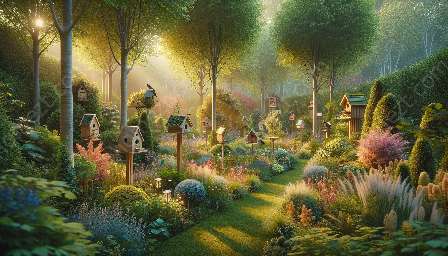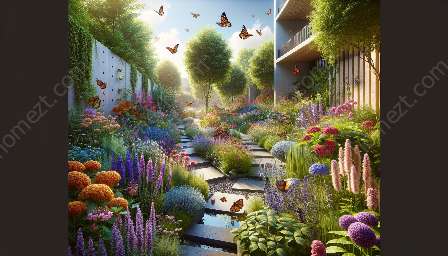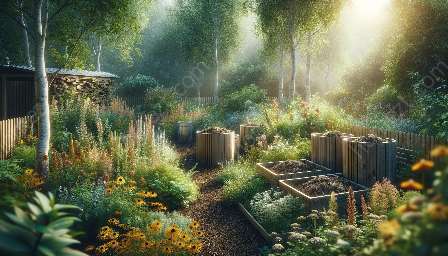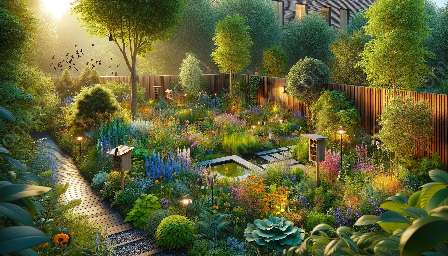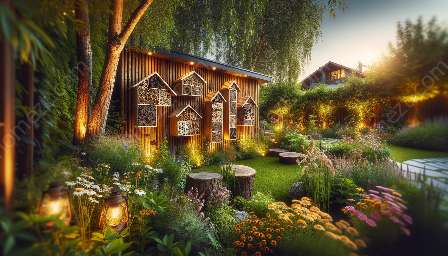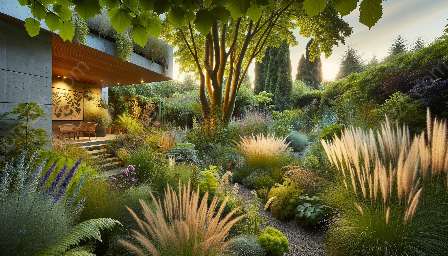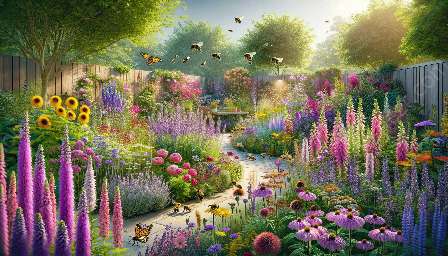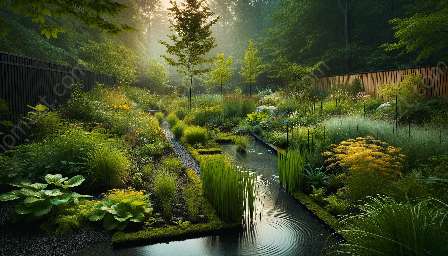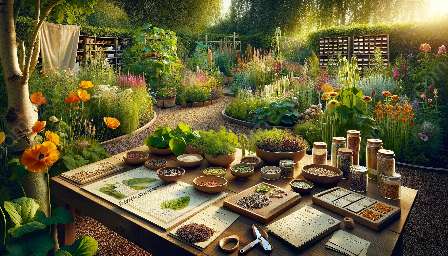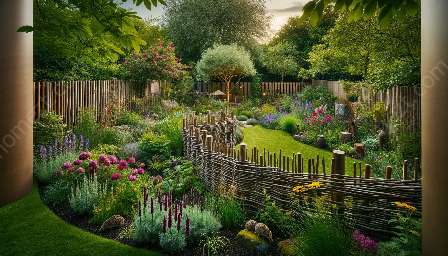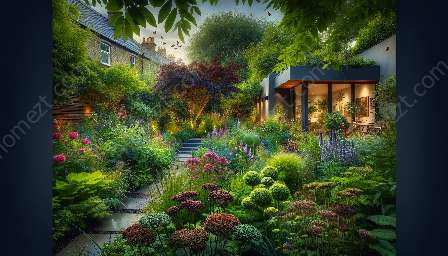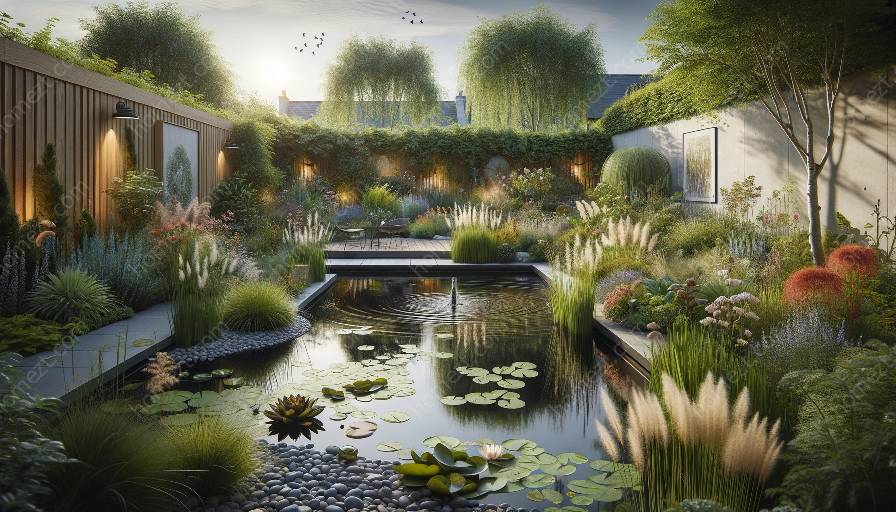Imagine the tranquility of water, the mesmerizing dance of aquatic plants, and the delightful presence of wildlife in your own backyard. Garden ponds not only add a touch of natural beauty to your landscape but also create a harmonious environment for wildlife. Whether you are an avid gardener, a wildlife enthusiast, or a landscaping aficionado, incorporating a garden pond into your outdoor space offers a myriad of benefits.
Compatibility with Wildlife Gardening
Wildlife gardening aims to attract and support diverse forms of wildlife in urban and suburban environments. Garden ponds play a pivotal role in achieving this goal. The presence of water is essential for sustaining wildlife, making ponds a vital habitat for various creatures such as amphibians, aquatic insects, and even birds. As a result, garden ponds contribute to the overall biodiversity of the area, creating a thriving ecosystem right in your own backyard.
Furthermore, the plants surrounding the pond provide shelter, food, and breeding grounds for wildlife, enhancing the richness of the habitat and attracting a diverse array of species.
Gardening & Landscaping
Garden ponds seamlessly integrate with gardening and landscaping, adding a dynamic dimension to your outdoor space. The gentle sound of flowing water and the sight of gracefully gliding fish can turn an ordinary garden into a serene oasis. When designed thoughtfully, ponds can complement the overall design of your garden, serving as a focal point and enhancing its aesthetic appeal.
Integrating a pond into the landscape allows for the creation of unique planting opportunities, such as water-loving plants, aquatic marginal plants, and floating plants. These plants not only beautify the pond but also contribute to its ecological balance, promoting a healthy and vibrant pond ecosystem.
Creating Your Garden Pond
When planning your garden pond, consider its location, size, and shape to ensure it fits seamlessly into your landscape. Research the types of plants and wildlife that are native to your region and incorporate them into the pond to create a natural and sustainable habitat.
Choose a variety of plants, including oxygenators, which help maintain water quality, and native species that attract and support local wildlife. Additionally, consider adding rocks, logs, and other natural elements to provide shelter and resting places for creatures that inhabit the pond.
The design of the pond should prioritize safety for wildlife, ensuring easy entry and exit points for animals, as well as shallow areas for smaller creatures. It's also important to maintain a balance between natural and artificial elements to create a harmonious environment that supports both wildlife and the overall aesthetic of the garden.
Maintaining Balance and Harmony
Once your garden pond is established, regular maintenance is essential to ensure the balance and harmony of the ecosystem. Monitor water quality, remove any invasive species, and keep an eye on the overall health of the pond. By maintaining a healthy and thriving pond, you'll continue to attract and support wildlife while enhancing the beauty of your garden.
Embracing the beauty of garden ponds in the context of wildlife gardening and landscaping offers a holistic approach to creating a natural, sustainable, and visually stunning outdoor space. By integrating a pond into your garden, you not only enhance the beauty of your landscape but also contribute to the preservation of local wildlife and the overall ecological balance of your surroundings.

